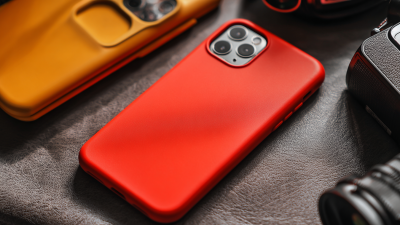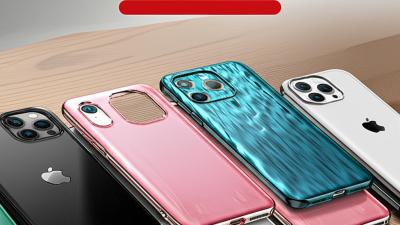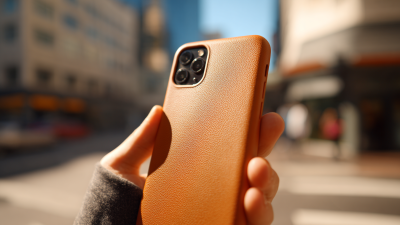 +8617719515640
+8617719515640
- Xi'an X Star Trading Co., Ltd.
- Phone: +86-17719515640
- Email: info@xnvstar.com



In an age where smartphones have become an inseparable part of our daily lives, the importance of selecting the right device and protective case cannot be overstated. According to a recent report by IDC, global smartphone shipments are projected to reach 1.5 billion units by 2025, indicating a booming market that offers countless options for consumers. However, with this abundance comes the challenge of making an informed choice regarding both the smartphone and case that best suit individual needs. A study by Consumer Reports emphasizes that 70% of smartphone users prefer devices with strong durability features, highlighting the necessity of choosing a case that complements the phone’s design while providing optimal protection. This blog will explore 10 essential tips to help you navigate through the myriad of choices available and ultimately choose the perfect smartphone and case that meets your lifestyle and preferences.
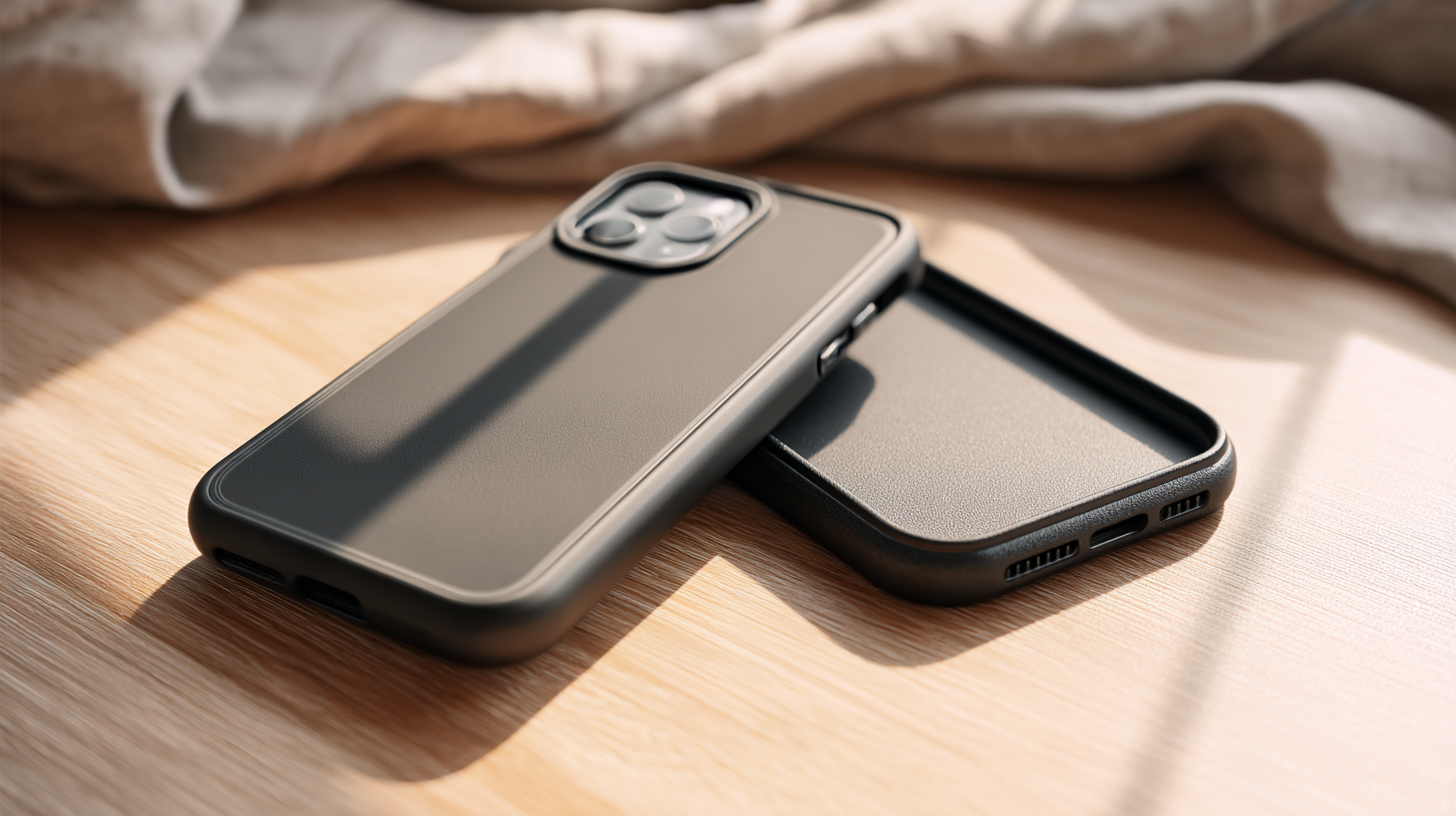
When selecting the perfect smartphone, understanding the specifications is crucial. Key features such as processor speed, RAM, camera quality, and battery life play significant roles in performance and usability. A powerful processor paired with adequate RAM ensures smooth multitasking, making your day-to-day activities efficient. For instance, if you're fond of mobile gaming or heavy applications, opt for a device with at least 8GB of RAM and a high-performance chipset.
Camera capabilities have become a defining feature for many users. Look for smartphones with multiple lenses, higher megapixels, and optical image stabilization, especially if photography is important to you. This not only enhances photo quality but also allows for greater versatility in capturing moments. Additionally, consider battery life; it's wise to choose smartphones that offer a minimum of 4000mAh capacity to ensure all-day use.
Lastly, don’t forget about protection. Pairing your chosen smartphone with a sturdy case can greatly extend its lifespan. Look for cases that offer shock resistance and a good grip to prevent accidental drops. A well-selected case not only safeguards your device but can also reflect your personal style, contributing to the overall experience of enjoying your new smartphone.
When selecting a smartphone, one of the most critical factors consumers prioritize is battery life. According to a recent survey conducted by the Consumer Technology Association, nearly 70% of smartphone users consider battery longevity as a top feature when making their purchase decisions. With the average daily smartphone usage exceeding three hours for over 80% of users, having a device that can withstand such demands is crucial. A phone that can last a full day on a single charge significantly enhances user satisfaction, leading to higher retention rates and brand loyalty.
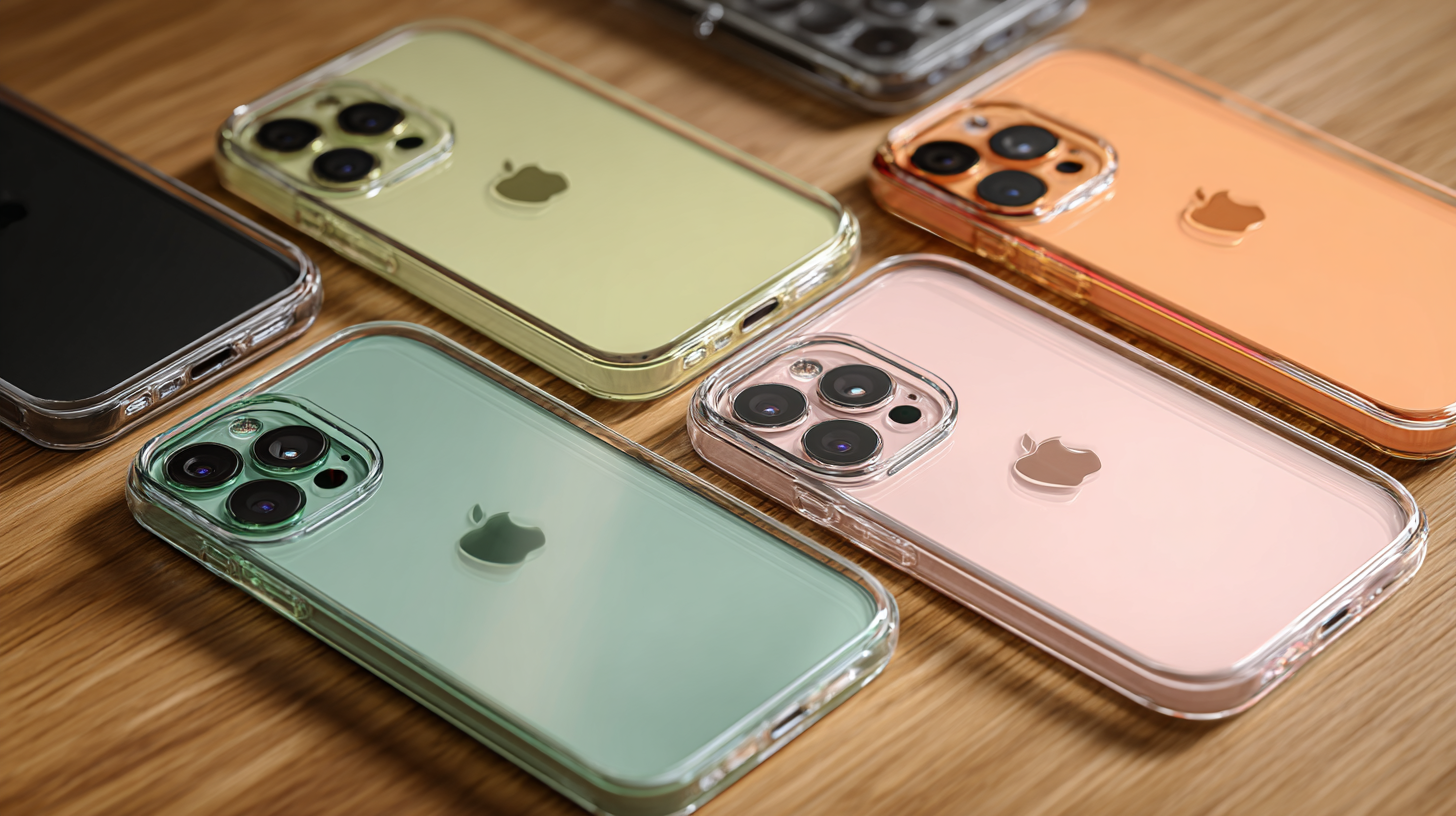
Furthermore, a study by Statista reveals that smartphones with a battery capacity of 4000 mAh or more are becoming increasingly popular, accounting for over 60% of the market share in recent years. This trend reflects a growing user preference for devices that support extended usage without compromise, allowing users to engage in multimedia consumption, social networking, and gaming without the constant worry of recharging. As manufacturers continue to innovate and improve battery technology, users are more inclined to invest in smartphones that promise not only advanced features but also reliable power management.
When choosing a smartphone, understanding camera quality metrics is crucial for capturing memorable moments. The pixels and sensors play a significant role in determining photo clarity and overall imaging performance. According to a report by DxOMark, which evaluates camera performance, smartphone cameras with larger sensors and higher pixel counts often achieve superior low-light performance and detail retention. For instance, devices with 12MP sensors or more are typically favored in the market, as they can produce sharper images and perform better in various lighting conditions.
Furthermore, the importance of pixel technology cannot be overstated. Many leading smartphones have adopted advanced pixel binning techniques, combining data from multiple smaller pixels to create one larger effective pixel. This approach enhances the ability to capture bright and clear images, particularly in challenging environments. Research indicates that smartphones with such technology can increase light sensitivity by up to 200%, as reported by TechRadar. Understanding these metrics not only aids in making a well-informed decision but also ensures that you choose a device that aligns with your photography needs, given the drastic advancements in smartphone camera capabilities over recent years.
When selecting a smartphone case, the material you choose plays a crucial role in both durability and style. According to a report by Grand View Research, the global mobile phone case market size was valued at approximately $24 billion in 2021 and is expected to grow significantly due to rising smartphone penetration and demand for protective accessories. This growth highlights the importance of choosing a case that not only fits the device but also complements an individual's lifestyle.
Popular materials include silicone, polycarbonate, and leather, each offering unique benefits. Silicone cases are known for their shock absorption capabilities, making them ideal for those who prioritize protection against drops. Polycarbonate, on the other hand, is favored for its lightweight and scratch-resistant properties, which appeal to users who prefer a sleek design without sacrificing durability. Meanwhile, leather cases cater to a more sophisticated audience, combining elegance with moderate protection. A survey published by Statista emphasizes that around 36% of smartphone users consider aesthetics more important than functionality in case selection, illustrating the need for a balance between style and protection in today’s often fashion-conscious consumer market.
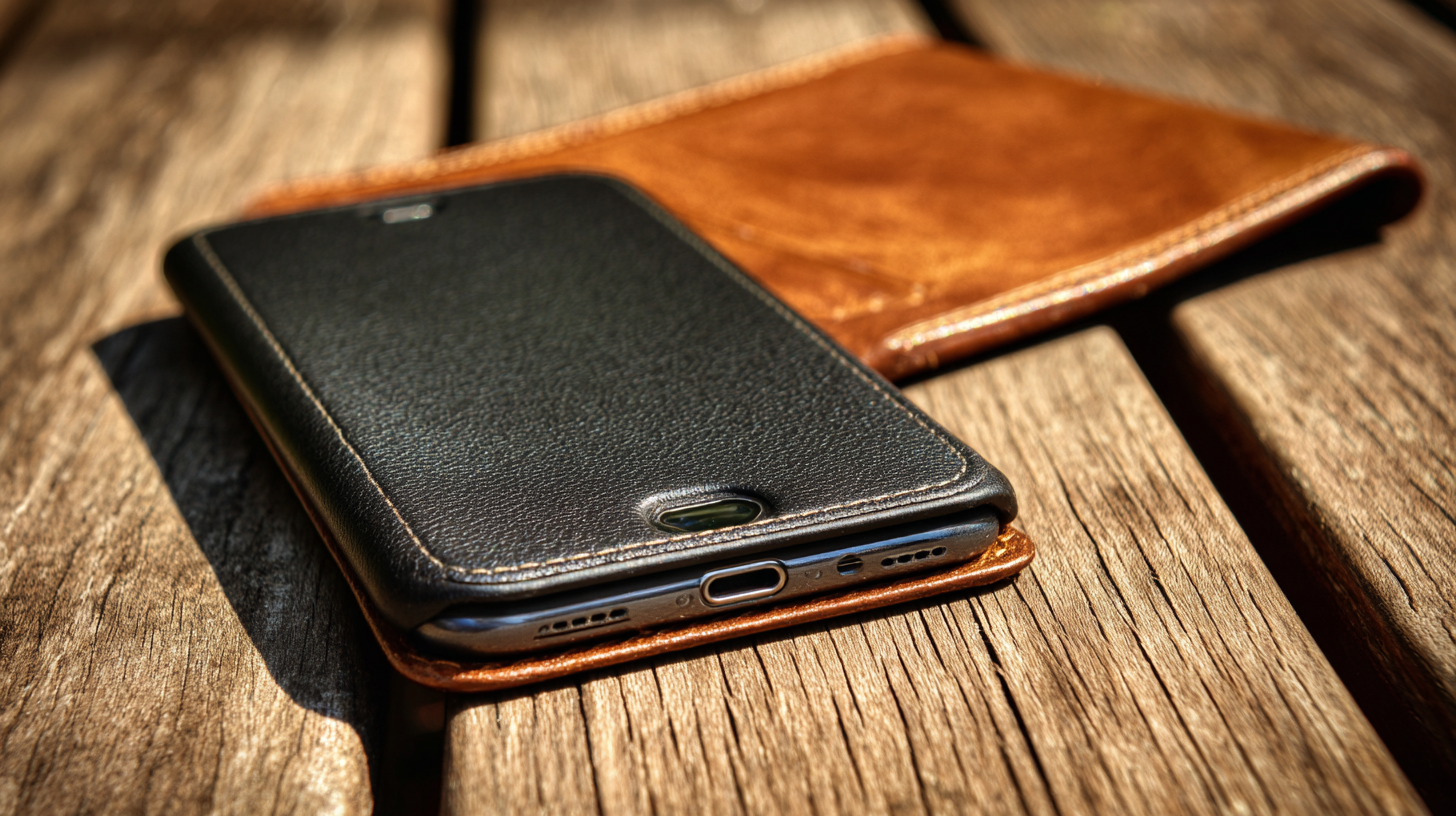
When selecting a smartphone, the balance between price and performance is a crucial factor. With a myriad of options available, it’s essential to analyze your needs against the budget you’ve set. For instance, performance metrics such as processor speed, RAM, and camera quality can vary widely across different price points. A flagship model may boast cutting-edge technology, but if your usage is largely limited to basic tasks like texting and browsing, a mid-range device could offer more value without the hefty price tag.
Additionally, consider the longevity of your investment. A smartphone that initially seems expensive might save you money in the long run if it performs better and lasts longer than cheaper alternatives. Researching statistics about brand reliability and user satisfaction can also provide insight into which models truly deliver on their promises. By carefully weighing these factors, you can make an informed decision that aligns your financial commitment with your performance expectations, ensuring that your next smartphone purchase is a sound investment.
| Feature | Importance (%) | Budget Range ($) | Average Performance Score (1-10) |
|---|---|---|---|
| Camera Quality | 25% | 300 - 1000 | 8.5 |
| Battery Life | 20% | 250 - 900 | 9 |
| Display Quality | 15% | 300 - 1200 | 8 |
| Processor Speed | 15% | 200 - 800 | 9 |
| Storage Capacity | 10% | 150 - 700 | 7 |
| Build Quality | 10% | 200 - 1000 | 8 |
| Software Updates | 5% | 300 - 900 | 7 |

